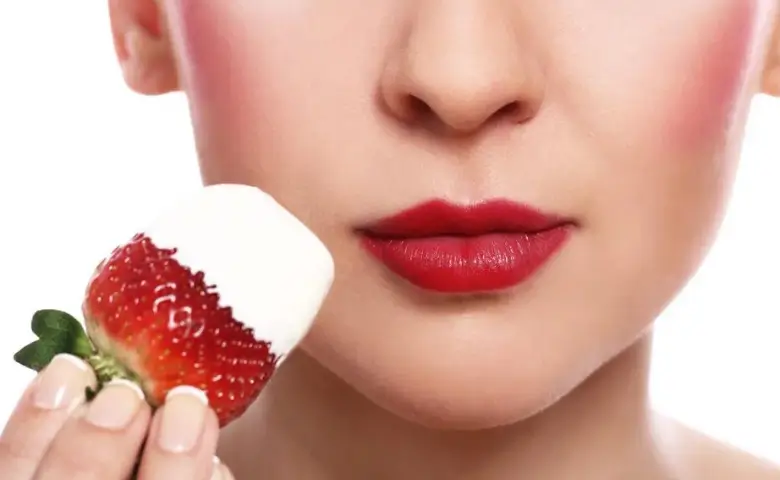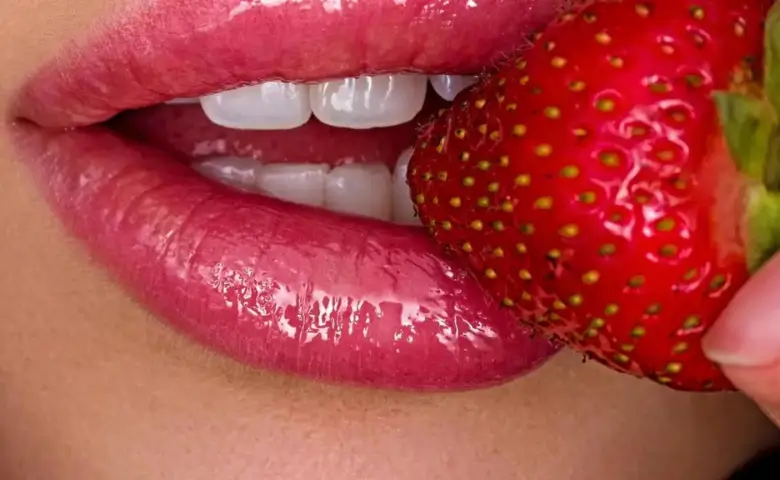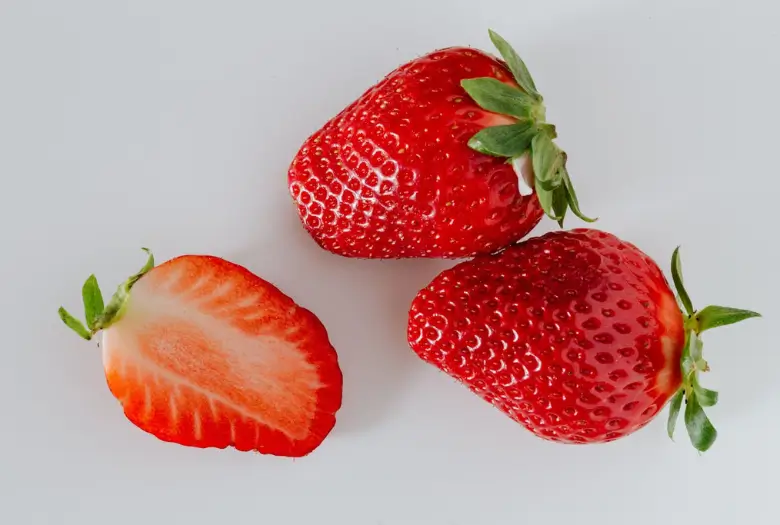Sometimes, dark spots and patches on your skin can be frustrating. They might make you shy about hanging out with friends or going to parties and special events. I get it, but what if I told you there’s a way to tackle these dark spots? Excited?
Homemade face masks can be a fantastic way to address hyperpigmentation. They use common ingredients you likely have. They illuminate your skin with a soft glow. This article will explain hyperpigmentation and it will also share five simple and natural face mask recipes to boost your skin health.
What is Hyperpigmentation?
The American Osteopathic College of Dermatology says hyperpigmentation is a common skin condition. It occurs when your skin produces extra melanin, leading to dark spots and patches. Causes include too much sun, hormonal changes, acne scars, or micro-tears from over-exfoliating. Natural methods can treat hyperpigmentation and even out your skin without harsh chemicals.
Benefits of Natural Face Masks
Natural face masks are great because they are gentle, cheap, and easy to make. They also avoid the harmful chemicals in many commercial products. Almonds, honey, rosewater, fenugreek, sandalwood, tomato, and papaya can help reduce hyperpigmentation. They also nourish your skin.
5 Simple DIY Face Masks for Hyperpigmentation
Let’s look at some DIY face masks that can help with dark spots and hyperpigmentation. You can easily make each mask with skin-loving ingredients.
1. Almond and Honey Masks
Almonds are a fantastic ingredient for your skin. When mixed with honey, they form a soothing mask. It can reduce hyperpigmentation and brighten your skin.
Ingredients:
- 1 tablespoon almond flour
- 1 tablespoon honey
Instructions:
- Mix almond flour and honey to form a paste.
- Apply the mixture to your face and leave it on for 15 to 20 minutes.
- Rinse with warm water.
Benefits:
- Almond flour scrubs away dead skin cells, revealing smoother skin.
- Honey’s natural antioxidants promote a radiant complexion.
2. Rosewater and Fenugreek Mask
Rosewater and fenugreek are wonderful. They can soothe your skin and brighten your complexion. When you mix them, they create a lovely calming mask. This mask can help even out your skin tone and lessen any irritation you might have.
Ingredients:
- 1 tablespoon of fenugreek powder
- 2 tablespoons of rosewater
Instructions:
- Combine fenugreek powder and rose water to create a paste.
- Apply the paste to your face and let it dry for 15 to 20 minutes.
- Rinse off with lukewarm water.
Benefits:
- People know fenugreek for its skin-brightening properties.
- Rosewater helps balance the skin’s pH (Potential of Hydrogen) and soothes irritation.
3. Tomato and Papaya Masks
Tomatoes and papayas are both wonderful fruits full of nutrients that your skin will love. When you mix them, they make a refreshing mask. This mask can help brighten dark spots and give your complexion a fresh, youthful look.
Ingredients:
- 1 tablespoon tomato puree
- 1 tablespoon of papaya mask
Instructions:
- Mix the tomato puree and papaya mask thoroughly.
- Distribute the mixture smoothly over your face, then wait 15 minutes.
- Rinse off with cold water.
Benefits:
- Tomatoes contain lycopene, which can lighten dark spots.
- Papaya’s enzymes exfoliate and rejuvenate the skin.
4. Sandalwood and Rosewater Masks
Sandalwood and rosewater are a perfect match for calming and hydrating your skin. This mask soothes, reduces inflammation, and refreshes your complexion.
Ingredients:
- 1 tablespoon of sandalwood powder
- Enough rosewater to make a paste
Instructions:
- Blend sandalwood powder with rose water to form a smooth paste.
- Apply the paste to your face and neck, leaving it on for 20 to 30 minutes.
- Rinse with cold water.
Benefits:
- Sandalwood has anti-inflammatory properties that can calm irritated skin.
- Rosewater provides hydration and freshness.
5. Ayurvedic Turmeric Face Masks
Turmeric has a reputation for brightening and providing anti-inflammatory advantages. Use this Ayurvedic mask with yogurt. It helps lighten dark spots and improve your skin’s health.
Ingredients:
- 1 tablespoon of turmeric powder
- 1 tablespoon of yogurt
Instructions:
- Mix turmeric powder and yogurt until you have a consistent paste.
- Apply the mask to your face, avoiding the eye area.
- Leave it on for 10 to 15 minutes before rinsing with lukewarm water.
Benefits:
- Turmeric is a potent anti-inflammatory and brightening agent.
- Yogurt provides probiotics that can improve skin health.
Facial Mask Tips: What to Do and What to Avoid
Facial masks are great for your skin! Follow some tips for the best results and to keep your skin healthy. Let’s look at what to do and what to avoid for a great experience.
What to Do:
- Patch Test First: Before applying a new mask to your face, test it on a small area, like your wrist or behind your ear. This helps to avoid any unwanted reactions.
- Clean Your Face: Start with a clean face. Washing away any dirt and oil will help the mask work better.
- Follow Instructions: Stick to the directions on the mask. Each one has specific instructions for the best results.
- Distribute a Uniform Layer: Cover your face with a mask, avoiding the eyes and mouth area. Follow the recommended time for how long to leave it on.
- Moisturize After: After rinsing off the mask, apply a moisturizer. It will keep your skin soft and hydrated.
What to Avoid:
- Don’t Overuse Masks: Using masks too often can irritate your skin. Once or twice a week is usually enough.
- Choose the Right Mask: Make sure the mask suits your skin type. If you have sensitive skin, pick one with gentle ingredients.
- Don’t Apply to Broken Skin: Avoid using masks on irritated or broken skin, as they can make things worse.
- Check Expiry Dates: Always check the end date on your masks. Using expired masks can be less effective and might irritate your skin.
By following these simple dos and don’ts, you can make the most of your facial masks and keep your skin looking its best.
Conclusion
Homemade face masks for hyperpigmentation are a great and easy way to brighten your skin. Use natural ingredients to reduce dark spots and even out your skin. They work without harsh chemicals. Try masks like almond and honey or tomato and papaya masks to see which one works best for you. Implement them consistently and adhere to the guidelines.
With some patience, you’ll see your skin looking brighter and more even. Why not try these DIY face masks to get rid of hyperpigmentation? They can help you achieve that beautiful, glowing skin you deserve!
FAQs
Q.1. Which homemade face mask is best for pigmentation?
For pigmentation, masks with turmeric, honey, and lemon juice can help. Turmeric helps brighten skin, honey hydrates, and lemon juice can lighten dark spots.
Q.2. Can face masks remove hyperpigmentation?
Yes, face masks can help reduce hyperpigmentation. Aloe vera, vitamin C, and niacinamide lighten dark spots and even skin tone over time.
Q.3. How can I fade hyperpigmentation at home?
Use homemade masks with turmeric, yogurt, or tomato to fade hyperpigmentation. Incorporating these ingredients into daily routines fades dark spots over time.
Q.4. Which juice removes pigmentation?
Citrus juices, such as lemon and orange juice, enhance pigmentation. They contain vitamin C, which can lighten dark spots and improve skin tone.
Q.5. What is the best homemade face mask for pimples?
For pimples, try a mask with honey and cinnamon or tea tree oil. They can kill bacteria, reduce acne, and soothe irritated skin.
Which DIY face mask for hyperpigmentation are you excited to try? Please share your thoughts and experiences in the comments!
Read more for the full guide and additional tips!” Face Mask for Hyperpigmentation





Thank you for the auspicious writeup It in fact was a amusement account it Look advanced to far added agreeable from you However how can we communicate.
Thank you for your kind words. We’re glad you enjoyed the write-up. You can reach us at homeremediesskincare@gmail.com.